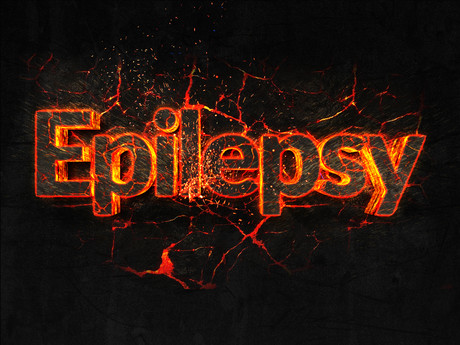Epilepsy seizure prediction possible with AI
Monday, 18 December, 2017

New technology could dramatically improve the lives of the 250,000 Australians and 65 million people worldwide who suffer from epilepsy.
Using the power of artificial intelligence (AI) technology, researchers have used a mobile, brain-inspired processor to analyse brain signals from retrospective patient data recorded under the skull, successfully predicting an average of 69% of seizures across all patients. This brings personalised seizure prediction for epilepsy a step closer to a reality.
With a third of epilepsy patients worldwide currently living with unpredictable seizures that are not adequately controlled through medication or otherwise, researchers at the and believe the technology could significantly improve the quality of life of epilepsy sufferers.
“Epilepsy is a neurologic condition that can be incredibly debilitating,” said Professor Mark Cook, director of the university’s and director of Neurology at . “It prevents some patients from doing simple activities such as getting a driver’s licence or swimming.
“This technology has the potential to improve millions of lives and reduce the physical, emotional and financial costs of one of the world’s most common, yet intractable chronic disorders.”
Using the world’s most comprehensive epilepsy patient EEG dataset collected from electrodes inside patients’ skulls, Professor David Grayden, head of the university’s Department of Biomedical Engineering, said the technology has the ability to adapt to individual patients’ needs.
“By collecting data from inside the patient’s skull and combining this with deep learning and AI, we’re able to develop a system that can self-train, based on learning the brain states and signs that pre-empt seizures unique to an individual,” said Professor Grayden.
“Our algorithm also allows for instantaneous and easy adjustment, giving patients the flexibility to control how sensitive and in advance the warning is.”
While previous epilepsy prediction research has only been possible on high-powered computers, IBM Research-Australia’s Brain-Inspired Computing Manager Dr Stefan Harrer said that by using IBM’s brain-inspired computing chip, there is the potential to create a wearable, real-time patient warning system.
“By deploying the technology on a computing chip that is the size of a postage stamp and runs on the same power use of a hearing aid, we’re able to simulate how such systems could one day operate in real life,” Dr Harrer said.
“The hope is that one day this research could help inform the development of assistive technologies that could not only warn people with epilepsy of imminent seizures, but constantly adapt to how their brains change over time.”
Professor Cook said developing a reliable means of predicting epileptic seizures for individual patients was an incredibly complex area of research.
“This is in large part due to how epilepsy manifests itself uniquely in each patient, as well as individual long-term changes in brain signals,” said Professor Cook.
“While we still need to continue to build on this research before we can confidently say that we can identify any seizure before it occurs, these results have proven incredibly promising.”
Australian Digital Health Agency launches Health Connect Australia
To improve access to health information between healthcare participants, the Australian Digital...
Survey: Global IT decision-makers chart digital health care
A global survey of 1750 IT decision-makers across 11 countries charts some key challenges and...
Artificial touch boosted by brain-controlled bionic hand
New research suggests that a complex sense of touch for people with spinal cord injuries is now a...





